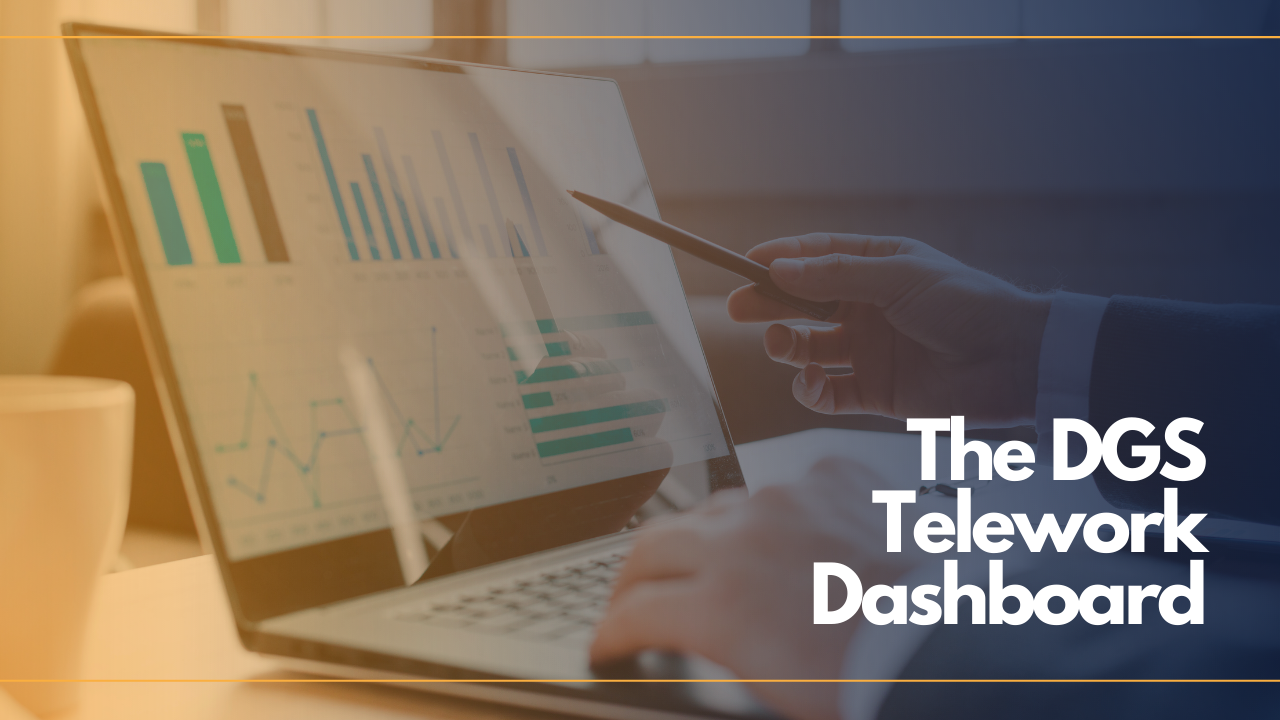- Since March 2020, the state of California has been tracking the impact of remote work for its public sector employees.
- The data measures the number of people telecommuting, their change in commute, and the associated cost savings.
- Here are four ways companies can adopt a similar strategy to track and measure the success rate of remote work.
This year has brought remote work and work-from-home policies into the spotlight across the globe. The public sector, just like the private sector, has experienced an accelerated shift to remote work. As a result of the global pandemic, many government agencies and departments found themselves rapidly adjusting to employees working from home while still needing to maintain effective organizational operations.
California’s Department of General Services (DGS) has been internally tracking the impact of telework since the pandemic required the shift for many of their employees in March of 2020.
They recently released a public dashboard with key telework metrics including the number of employees teleworking, changes in commutes for those employees, as well as the estimated savings associated with these changes.

John O’Duinn, the author of the book ‘Distributed Teams: The Art & Practice of Working Together While Physically Apart’, highlighted the DGS telework dashboard in a recent article.
O’Duinn, who works to help agencies build remote work capabilities, and helped advise on this dashboard, explores the value of this approach by DGS as part of an overall strategy to evaluate the effectiveness of telework policies.
In the article, O’Duinn discusses why organizations must have robust telework policies in place to keep things working smoothly in situations where natural disasters, global pandemics, or social unrest suddenly close physical offices. Importantly, these policies must not just be written, but be routinely practiced so employees are comfortable working remotely before they are required to. Having a demonstrated ability to work away from the office is key to building organizational resilience and, O’Duinn says, “you can be assured the physical office building is no longer an organizational single-point-of-failure.”
According to O’Duinn, determining the effectiveness of any initiative, including those involving a shift to telework requires that a team, department, or company do three things:
- Measure what matters
- Report it automatically
- Act on it strategically
California’s Department of General Services is doing just that.
The DGS public dashboard is part of a larger initiative to support state agencies and employees in making long-term telework successful. O’Duinn shares four ideas illustrating why the approach DGS took in tracking key telework metrics is valuable and how other organizations can follow their lead.
1. Use the data you already have
None of the data used for the dashboard had to be collected specifically for the project because it is all automatically tracked and updated in various other systems; DGS just had to pull it all together.
2. Plan for long term disaster resilience
Situations involving such long office closures are virtually impossible to practice or prepare for across an entire organization. However, the telework dashboard helps to pinpoint exactly which roles and employees are “telework ineligible” allowing for disaster resilience plans to focus on improving long-term disaster planning for those groups. It can also help organizations identify where internal business processes can be updated, allowing more roles to become telework eligible.
3. Improve telework policy utilization
The telework dashboard tracks not only how many employees are allowed to work remotely, but also how many of them actually do, whether part time or full time. Even if an organization has a policy in place, it is only effective if it is being utilized.
4. Measurably combat climate change
In California, passenger vehicles account for 28% of greenhouse gas emissions. This is the largest segment of emissions in the entire state. Reducing employee commutes is the single best way for organizations to reduce their environmental impact. Currently, 80 metric tons, or the equivalent of 70 non-stop roundtrip flights from San Francisco to New York and back, are being saved by DGS employees teleworking in just one week. This is recurring every week that telework is encouraged like this. The dashboard is able to clearly illustrate this by combining data on where an employee works, where they live, what days they commute, and how they commute.
Like many private sector companies, the shift to telework for state workers may not end when the pandemic does.
As stated in California Governor Gavin Newsom’s budget revision, “Historically, state government has been slow to adopt modernizations in the workplace. But the COVID-19 pandemic has forced a massive experiment in telework… This transformation will allow for expanded long-term telework strategies…”
Not surprisingly, in June 2020 the state issued guidance that at least 75% of all state workers continue to telework. The Department of General Services is setting the stage to make long-term telework a success at a critical time and developing templates that will allow other departments to create their own telework dashboards.
The importance of this cannot be overstated, and as O’Duinn frames it, “At a time in history where public service teams are more accountable than ever to making smart, data-based decisions, this is literally “measuring what matters” to improve strategic decisions.”


 Dr. Gleb Tsipursky – The Office Whisperer
Dr. Gleb Tsipursky – The Office Whisperer Nirit Cohen – WorkFutures
Nirit Cohen – WorkFutures Angela Howard – Culture Expert
Angela Howard – Culture Expert Drew Jones – Design & Innovation
Drew Jones – Design & Innovation Jonathan Price – CRE & Flex Expert
Jonathan Price – CRE & Flex Expert












